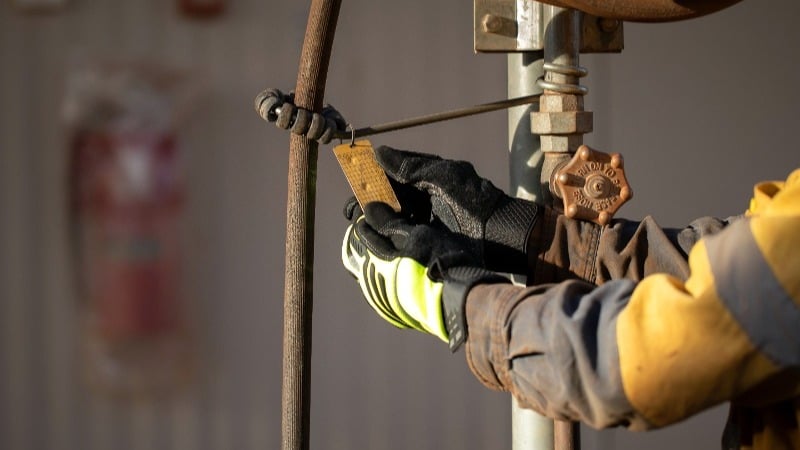Making the Switch: Vendor Transition Guide
Switching fire and security vendors feels risky. Even if your current provider isn't meeting your needs, the thought of transitioning systems and...
 |
Fire protection professionals committed to safeguarding lives, property, and peace of mind. |
 |
Solutions designed for your property type, from multi-family housing to healthcare facilities to retail spaces. |

|
Fire alarm, area of refuge, camera, and card access monitoring services. |
 |
Clear communication and instant response when every second counts. |
 |
From kitchens to server rooms, the right protection for every space. |
 |
Keep your primary defense system ready and reliable. |

|
Manage all your properties' access from one simple platform. |
 |
Monitor multiple properties in real time from anywhere, at any time. |

|
Document upcoming maintenance appointments and improve your proactive budget planning. |
 |
Fire Extinguisher Maintenance Checklist Learn the requirements for testing extinguishers monthly, annually, and beyond. |

|
Track all your inspection deadlines in one place. |
 |
Kitchen Hood Inspection Checklist Ensure your kitchen hoods are safe and compliant. Download a complete list of testing requirements. |

|
Guide to Fire & Security Monitoring Your complete property protection handbook in practical terms. |

|
Running a food truck takes work—this guide gives you the tools to keep it safe and up to code. |
 |
Comprehensive Guide to NFPA 13 and NFPA 25 Fire Sprinkler Systems Navigate sprinkler system requirements with confidence using our straightforward guide to codes and maintenance. |

|
Get your essential compliance guide. |
 |
When reliability matters across 18 restaurants, micromanagement doesn't. |
2 min read
Brothers Fire & Security : August 28, 2024

As a building or facility owner, you must take a proactive approach to establish a program for periodic testing, inspection, and maintenance. Otherwise, deficiencies such as inoperative fire pumps and inoperative sprinkler control valves may lead to disaster.
A lot is riding on your sprinkler system's ability to function properly. As such, you should make a habit of inspecting your fire sprinkler systems weekly. It's a requirement to hire a professional to carry out a full inspection at least once every year.
The National Fire Protection Association (NFPA) requires wet and dry systems to undergo testing every five years and a full performance test of the dry system every 3 years. That said, the NFPA 25 Standard for the Inspection, Testing, and Maintenance of Water-Based Fire Protection Systems requires certain weekly, monthly, quarterly, and annual inspections.
The following testing and inspection requirements are in addition to those required for weekly fire sprinkler inspections.
The NFPA 25 has very detailed instructions on annual testing and inspection procedures. Because of their complexity, annual fire sprinkler inspections should only be performed by licensed sprinkler contractors.
The system strainer should be removed and visually inspected for damage. Any corroded parts should then be replaced.
Any sprinkler that shows signs of leakage, corrosion, physical damage, paint not applied by the original manufacturer, or loss of fluid is required to be replaced. Not having regular testing and inspection can leave your building entirely unprotected in the event of a fire.
Partnering with a fire monitoring service ensures your fire sprinkler systems are routinely inspected and tested to ensure proper functionality at all times.

Switching fire and security vendors feels risky. Even if your current provider isn't meeting your needs, the thought of transitioning systems and...

Your fire alarm shows a trouble signal. Last week's sprinkler inspection never happened, and despite three calls and multiple messages, your vendor...

Winter weather and holiday demands can make managing multi-location security a nightmare. Fall is your best window to upgrade security systems,...